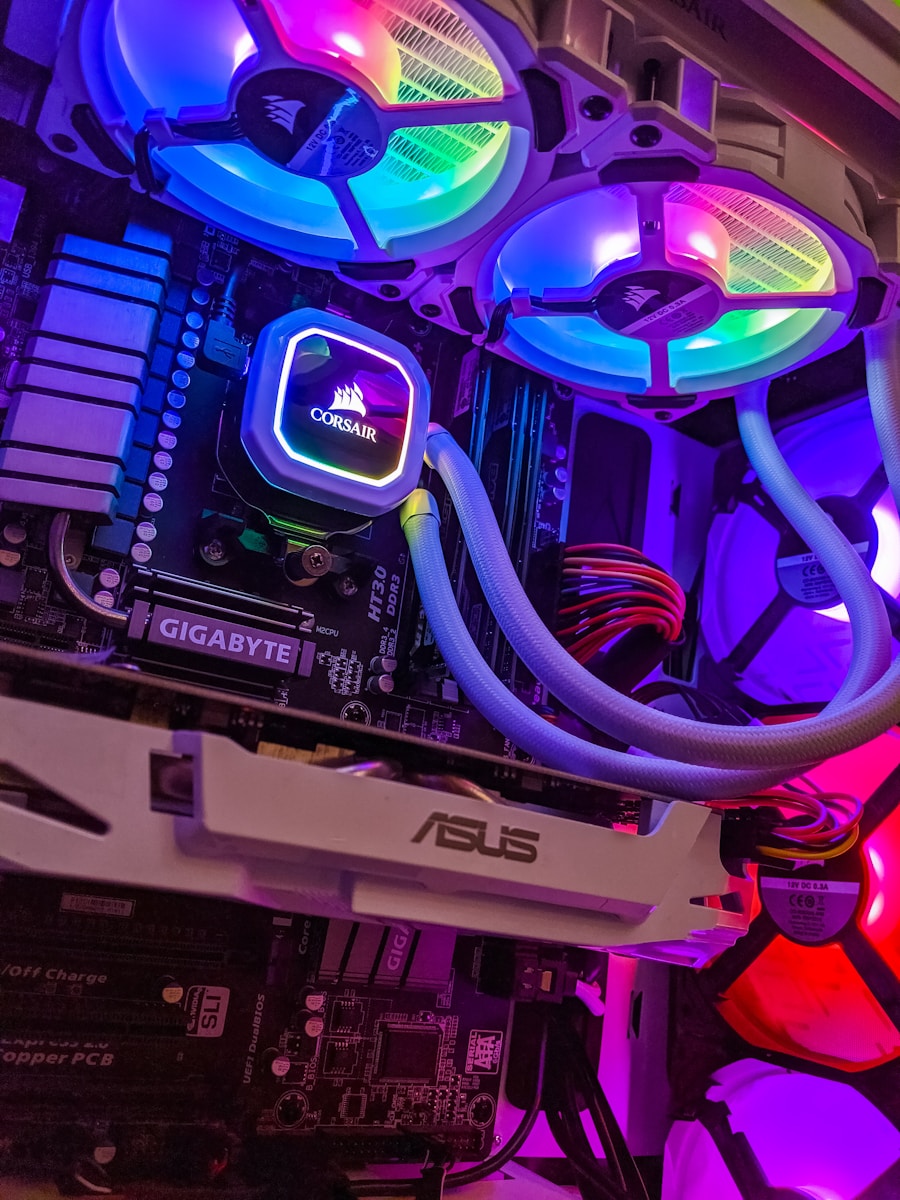ADR (automated dialogue replacement) has become an essential post-production technique in modern filmmaking.
Also referred to as “dubbing” or “looping,” ADR has a significant role in increasing the production value when it comes to dialogue. However, producers/directors aren’t always on the same page as the sound department when it comes to maximizing audio quality.
We’ll be discussing these issues along with their solutions, but I’ll give you a hint… It’s always a question of budget!
We’ll also be discussing the implementation of emmerging AI (artificial intelligence) technologies in regards to ADR and dubbing.
Table of Contents
What is ADR used for in TV/Film?
ADR (automated dialogue replacement) is a step in audio post-production when actors may re-record some of their lines.
This typically takes place in a recording studio (with a large video monitor) where the goal is to replace/enhance the original on-set dialogue. It could also be used to add/modify lines of dialogue that were not performed during the production stage.
However, it’s usually because the recording environment on-set was not favourable to the production sound mixer/recordist.
When I’m editing dialogue, I usually flag a line for ADR when…
- The background noise was too loud (poor signal-to-noise ratio)
- There was a percussive sound on a line of dialogue (door closing, footsteps, etc…)
- There was RF (radio frequency) interference with the microphone(s)
- The boom AND lav mic were off-axis (actor turned his/her head, improper mic placement, etc…)
On-set, things move so quickly that it’s difficult to tell if it was the sound department’s or the production team’s fault.
That being said, the production team usually has a budget for ADR so it may voluntarily “sacrifice” some on-set dialogue. However, if you’re Quentin Tarantino… You NEVER sacrifice a line of dialogue on-set!
That’s right, sound mixer Mark Ulano claims that Tarantino has never used ADR on any of his films.
So, as you can see there isn’t a “right” or “wrong” way of doing things. BUT, is there a more cost-efficient way?
Is it more cost-efficient to use ADR?
Can ADR actually save producers/directors money? Sometimes yes, sometimes no…
Regardless, the decsision often needs to be made on the spot and most of the time, ADR is the only viable solution. For example, it might not be possible to convince the restaurant owner to turn-off the refrigerator (no matter how much time is spent on the issue).
Even if it was a question of time, would 1-2 hours of overtime for each person on-set be less expensive than 1 hour in the studio?
In this case, it depends on how much the actor/actress will charge for ADR (that’s usually the most expensive part; getting an A-List actor/actress to do ADR). Sometimes, it might be included in the contract (which is usually when producers/directors abuse the privilege).
To get an idea, you can use this calculator to find out how much you’d save/lose…
ADR vs. On-Set Dialogue Cost Calculator
Savings:
One thing to keep in mind is that actors/actresses (and potentially even recording studios) will charge a fixed daily rate.
So, if you’re already predicting some ADR, might as well fill up the entire day. Right?
The history of ADR in film
The origins of ADR can be traced back to the early days of sound filmmaking.
In the 1930s, sound technology was still in its infancy, leading to numerous technical challenges in capturing clean dialogue on set. As a result, filmmakers began experimenting with post-production dubbing to enhance the audio quality.
One of the first successful ADR implementations was in the film “The Jazz Singer” (1927).
During this time, ADR was a manual process, with actors re-voicing their lines while watching the film on a screen.
If you’re looking for a more contemporary example of ADR, you can take a look at this scene from Jurassic Park…
It’s actually an example of when ADR isn’t properly applied (you can still hear is yell after his mouth closes).
The advent of technology, such as magnetic tape recorders in the 1940s, streamlined the ADR process and made it more efficient. That where the term “automated” dialogue replacement comes from.
It’s still pretty “manual” though, trust me!
But, what if AI (artifical intelligence) could actually automate the process of ADR?
ADR and artificial intelligence
AI (artificial intelligence) has revolutionized industries across the board, and the realm of film production is no exception.
When it comes to ADR, AI-driven solutions are allowing us to delve deeper into the process of dialogue replacement and dubbing.
For example, a London-based startup called Flawless launched at tool called TrueSync that made it possible to adjust the lips of an actor/actress on screen to matching different language dubs…
Automated Lip Syncing with AI
One significant advancement is in the realm of automated lip syncing, where AI technologies analyze the actor’s lip movements and synchronize them with dubbed or translated dialogue seamlessly.
This process begins with training the AI model on a diverse range of actors, languages, and phonetic structures.
The model learns to associate specific sounds with corresponding lip movements. Once trained, the AI can take dialogue in one language and generate lip movements in the video editing process that convincingly match the intended speech.
Efficient Dialogue Editing
AI-powered tools also facilitate more efficient dialogue editing processes.
Traditional ADR can be time-consuming, requiring meticulous alignment of re-recorded dialogue with actors’ lip movements.
Using tools such as iZotope RX and Waves Clarity Vx Pro, we can leverage the power of AI to “repair” dialogue to elevate to industry standard quality without the need to replace the actual lines.
However, these tools aren’t always capable of salvaging the original performance (at least, not yet).
Although tools such as ElevenLabs are capable of synthesizing the voice of an actor which it was trained with, it still isn’t capable of re-creating emotions and tones efficiently.
But, it can definitely be an effective solution for corporate videos (and even YouTube videos).
Challenges and Future Possibilities
While AI-driven ADR holds immense promise, challenges remain, particularly in achieving human-like emotional depth in dubbed dialogue and preserving the original intent of performances.
Striking the right balance between automation and creative authenticity is an ongoing endeavor…
As AI continues to evolve, the possibilities for ADR enhancement are boundless. Future developments may include AI algorithms capable of replicating unique vocal characteristics of actors, thus preserving the essence of their performances across languages and adaptations.
Summary: ADR in Film
Automated Dialogue Replacement (ADR) is an indispensable technique in modern film production.
By ensuring clear and consistent audio, ADR enhances the overall cinematic experience, allowing audiences to immerse themselves fully in the story. From its historical roots to its integration into today’s blockbuster movies, ADR continues to evolve, reflecting advancements in technology and creative storytelling.
However, it’s important to remember that “fixing it in post” isn’t always the best or cost-effective solution.
But, who knows… Maybe that’ll change with AI!
Either way, I still think that recording impecable dialogue on-set is going to provide the best results. It’s always better to have the luxury to improve something rather than fix it. Right?
If that’s something you think is important, we’re here to help!
Do you want to peak your next project’s production value? Check out our services…
Sources




